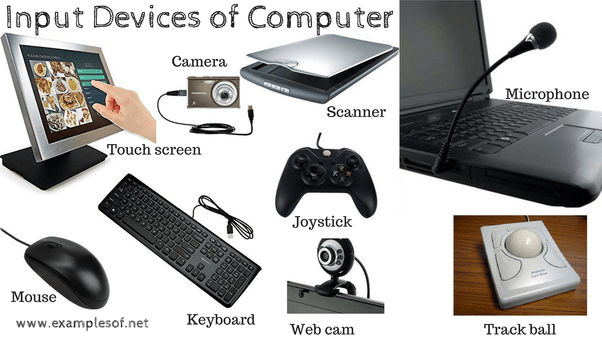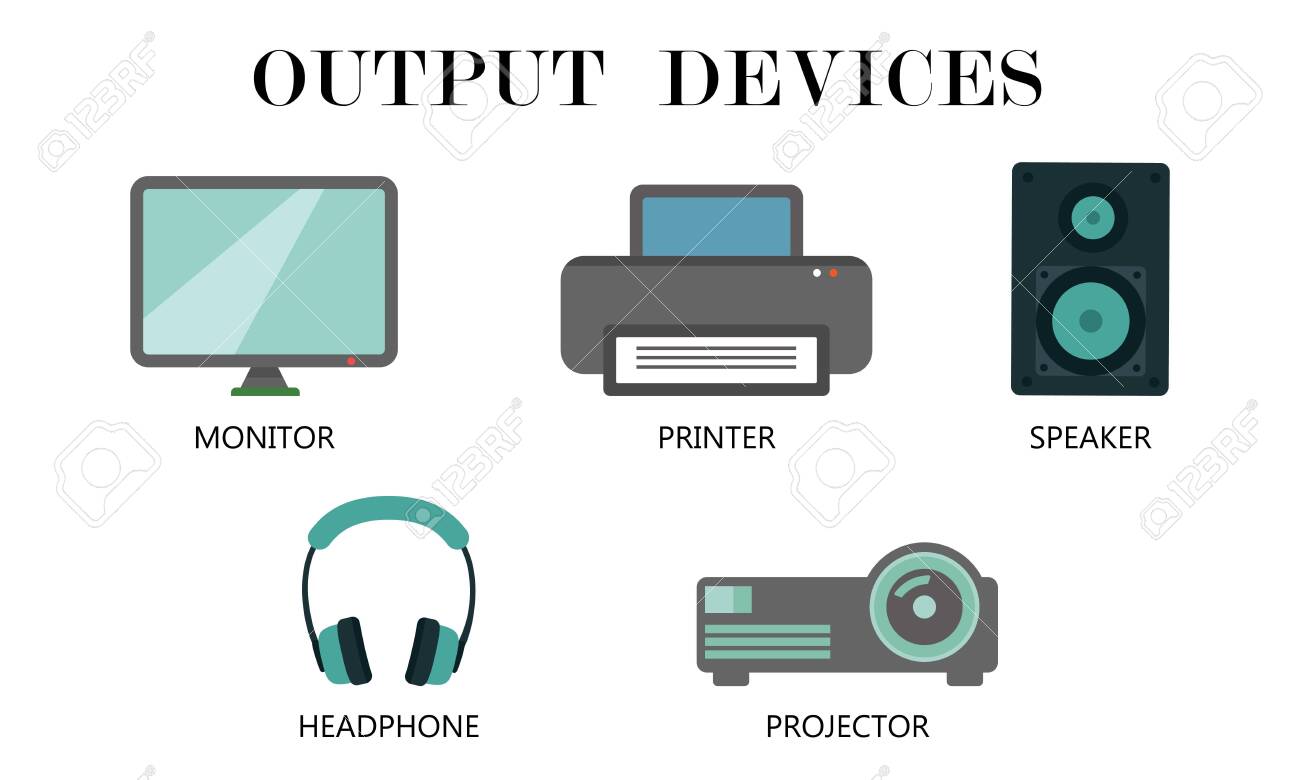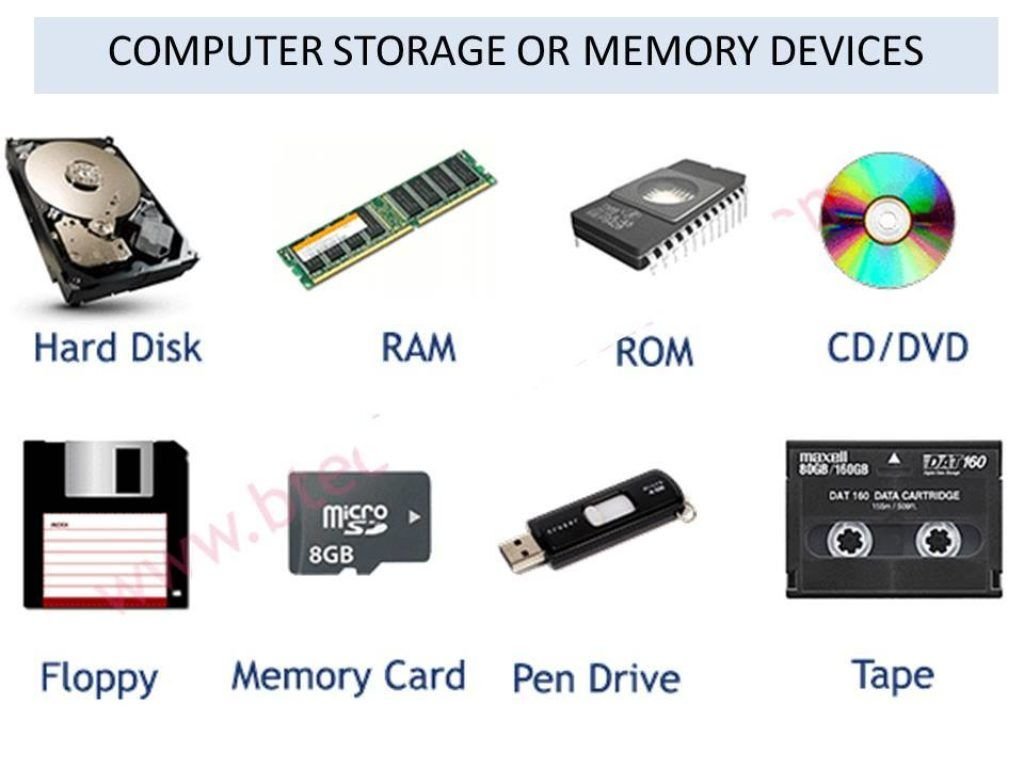Back to: COMPUTER SCIENCE JSS2
Welcome to Class !!
We are eager to have you join us !!
In today’s Computer Science class, We will be discussing Hardware Components. We hope you enjoy the class!

Hardware Components
A computer is made up of multiple physical components of computer hardware upon which operating system can be installed and other software to perform the operators desired function or tasks.
Therefore, it is the physical part of the computer which can be seen and touched. Simply, it is the tangible components of the computer.
The computer hardware is responsible for performing four (4) basic functions:
- Input
- Processing
- Output
- Storage
The hardware components include:
- CPU (which comprises of ALU, control unit, memory).
- Input devices or unit.
- Output devices.
Input Devices:
These are devices that are used to communicate with the computer. They are devices through which data is sent into the computer system. For data to be processed by the CPU, it must pass through an input device. Input devices accept data in a form that the computer can use. It can also send data or instructions to the processing unit to be processed into useful information.

Examples of input devices include:
- Mouse
- keyboard
- Joystick
- Digital Camera
- Web Camera
- Light pen
- Scanner
- Barcode reader.
Output Devices:
These are devices that the computer uses to communicate with the users. They are used to display processed data to the users. The result of the processed data is sent to the outside world through the output devices.

Examples of output devices include:
- Monitor/ Video Display Unit (VDU)
- Speaker
- Printer
- Plotter
- Pointer
Storage Devices:
The storage unit or main memory stores data and instructions that are about to be processed.
It has the ability to store data and instructions temporarily or permanently. There are two major types of storage namely:
- Primary storage
- Secondary storage
Primary Storage
It is divided into the following:
- RAM (Random Access Memory)
- ROM (Read Only Memory)
The ROM:
The ROM is the Read-Only Memory. Once this memory is programmed, it cannot be re-written. The computer can only read its contents. They store information that cannot be altered.
The content of the boot accord which is the set of instructions that takes control of the computer when it is switched on is stored inside the ROM
The RAM:
The RAM is the “Random Access Memory”. The computer can read from it and store/write on it. It is volatile because its data/content is lost when the power goes off.
Most RAMs are used to store information/data that the CPU is processing.
Secondary Storage / External Storage Devices
It is the memory used for storing information, data/programs that the CPU is not referencing. They are mainly used for backup.
The secondary storage that is inside the computer is called the hard disk while others are external devices.
The secondary storage is also known as auxiliary storage or external storage or secondary memory.
Examples of secondary storage devices are:
- Magnetic tapes
- Magnetic disks
- Floppy diskettes
- Compact Disk Read Only Memory CD-ROM
- Flash drives
- External hard disk
Arithmetic and Logic Unit (ALU):
This has two main duties. It carries out all the required arithmetic operations like addition, subtraction, multiplication and division.
ALU also performs some logical operations like comparing two numbers to know which is bigger or smaller.
It has temporary storage locations called REGISTERS. The data are stored temporarily before calculation and after calculation, the data again come back to the memory.
Note that the control unit and ALU are known as CPU.
We have come to the end of this class. We do hope you enjoyed the class?
Should you have any further question, feel free to ask in the comment section below and trust us to respond as soon as possible.
In our next class, we will be talking about Peopleware. We are very much eager to meet you there.


reference for this please
it was a wonderful lesson thanks